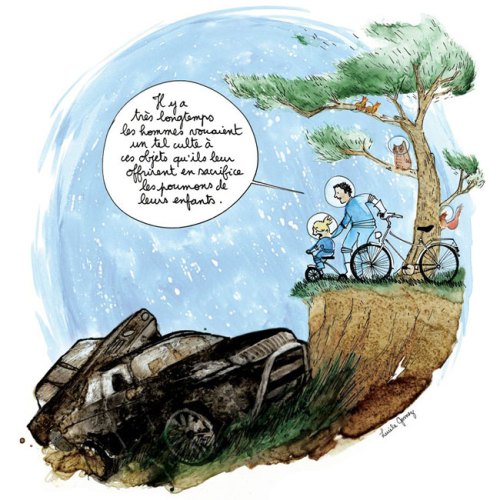So, it is the dawn of day 4 of the doomsday service cuts in NYC. My commute has been complicated a little by the changes – I have to leave home for work about 15 minutes earlier than before just to be SURE that I can get the bus to the subway station and get to work on time. 15 minutes is a lot of time, but some commuters are seeing 30 and 45 minutes added to their commutes, so I won’t complain too loudly.
The cuts eliminated two subway lines and dozens of bus lines, changed the routing of one subway line and now add additional wait times for everyone riding the subway or bus. The cuts could not come at a worse time when NYC is trying to drag itself out of the Great Recession and we experienced a heat wave the early part of this week.
Walder, the head of the Transit Authority, promises no fare increases this year. He would have been met with the stereotypical New York attitude if they even tried to pull that move – higher fares and less service? Fagetaboutit. However, fare increases WILL come in 2011. Brace for it. We’ll probably see $100 dollar monthly MetroCards, which is still a great deal for unlimited rides for 30 days. The most important thing at this point is to realize that we’ve been underpaying for the service and allow fares to be collected that are more in line with what rides are around the world for world class systems. The NY subway system is world class in some ways (24 hour service, access to all parts of the city) but in other ways, can use some serious technological upgrades that will improve the riding public’s experience and overall safety.
I don’t want to see a zone fare introduced – especially as someone who travels 32 miles round-trip on the subway each day. Instead, I want to see more realistic fares and discounted passes that really mean the agency can make money. Even in my poor/lower middle class neighborhood, most people I observe using the bus use unlimited cards. On average, that reduces the fare to around a dollar per ride. The agency cannot make money for operations like that.
Additionally, New York State and New York City need to step up and contribute to the MTA; the MTA system is the lifeblood of the city and deserves adequate funding for operations AND capital improvements.
I’ll keep an eye out for other changes coming down the pipe. This is definitely an interesting development going forward in transportation financing and operations.
Are you in NYC? Have you been affected by the service cuts?



 Follow me on Twitter!
Follow me on Twitter!


